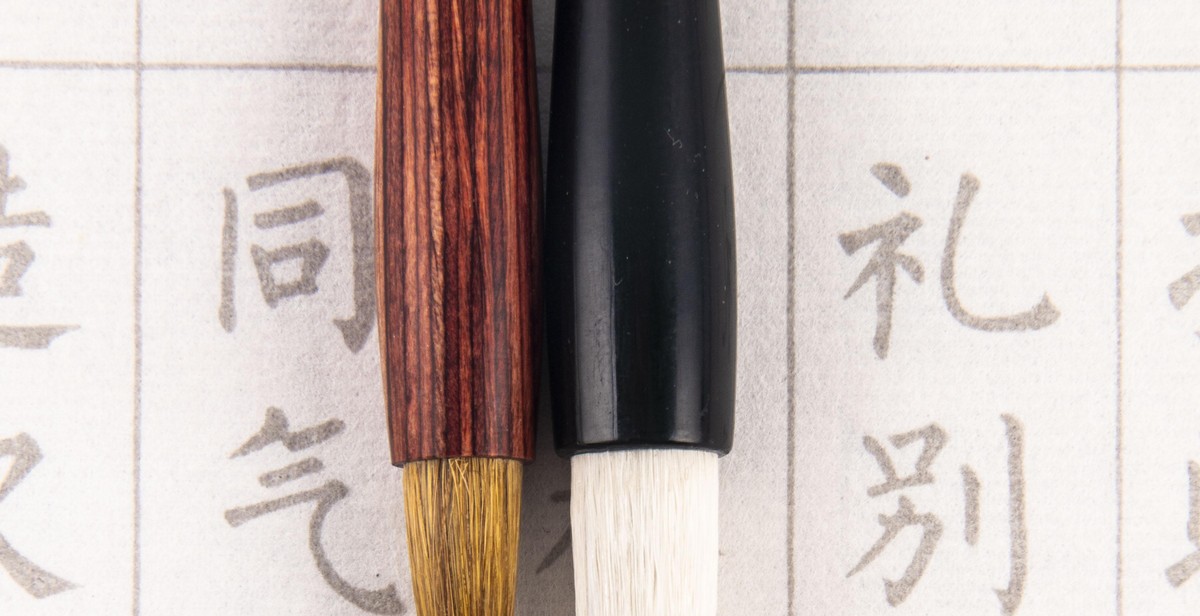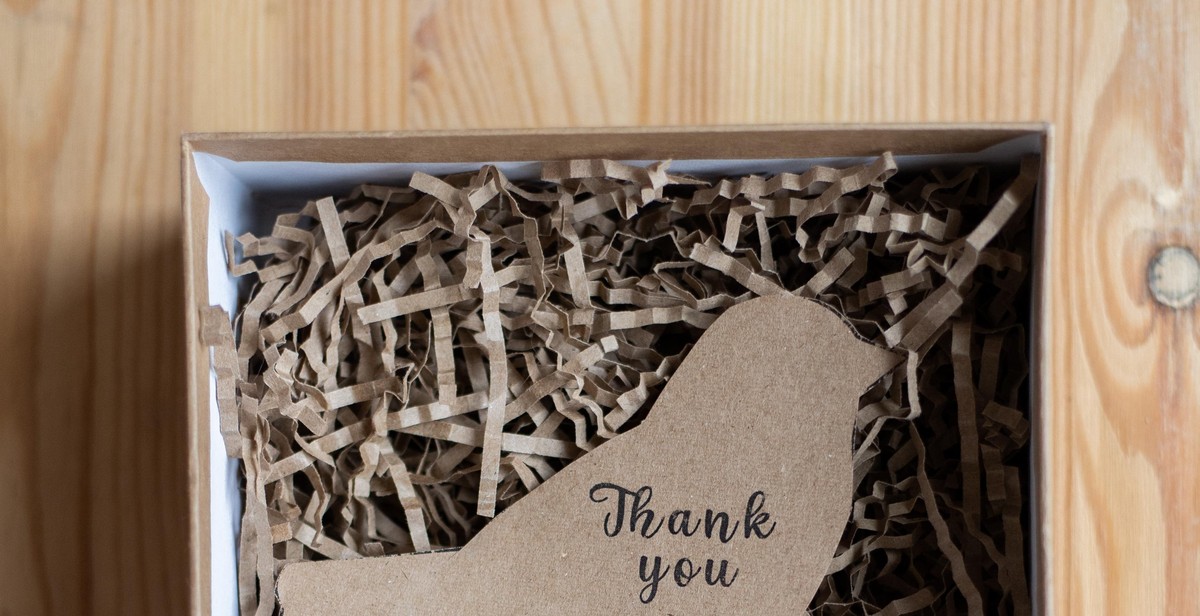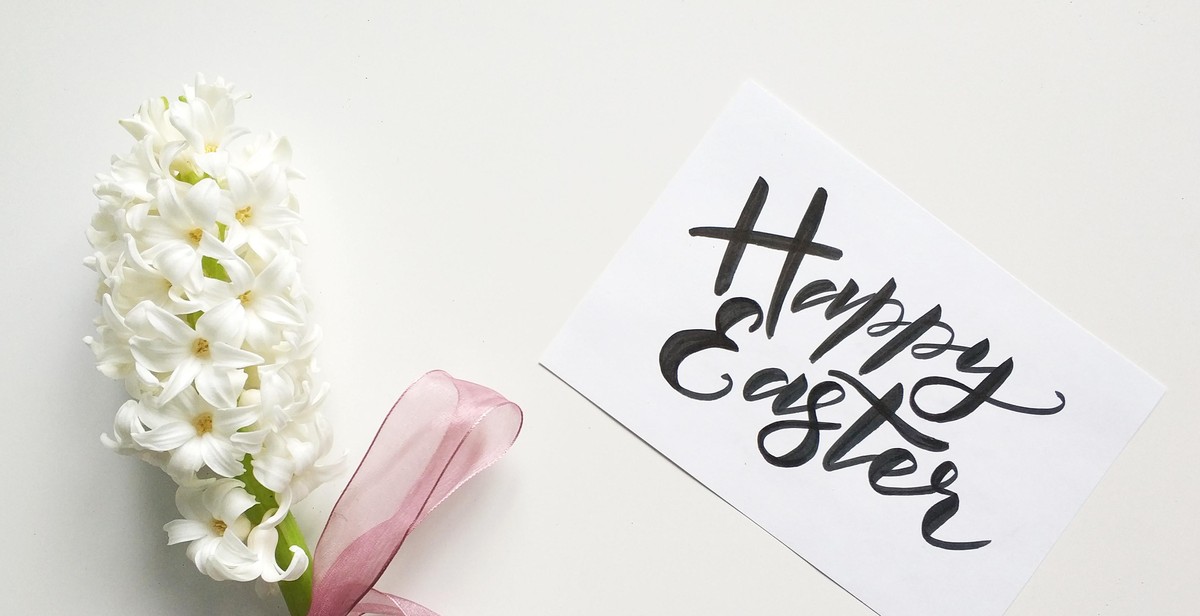How to Create Custom Postcards: DIY Guide for Designing and Printing Personalized Postcards
Postcards are a great way to send greetings, invitations, or just let someone know you’re thinking of them. But why settle for generic postcards when you can create your own personalized ones? In this article, I’ll show you how to design and print custom postcards from the comfort of your own home.
Why Create Custom Postcards?
Custom postcards are a unique and thoughtful way to show someone you care. By designing your own postcards, you can choose the images, colors, and messages that best reflect your personality and the occasion you’re celebrating. Plus, creating your own postcards is a fun and creative project that can be enjoyed by people of all ages.
What You’ll Need
To create your own postcards, you’ll need a few basic supplies:
- Cardstock paper
- A printer
- Scissors or a paper cutter
- Glue or double-sided tape
- Decorative elements such as stickers, washi tape, or markers (optional)
Designing Your Postcards
Before you start designing your postcards, think about the occasion and the message you want to convey. Do you want to create a postcard for a birthday, a wedding, or just to say hello? Once you have a theme in mind, you can start designing your postcard using a graphic design software such as Canva or Adobe Photoshop.
Printing Your Postcards
Once you’ve designed your postcards, it’s time to print them. Make sure to use high-quality cardstock paper and adjust your printer settings accordingly. You can either print your postcards on a standard printer or take them to a print shop for a more professional finish.
Final Thoughts
Creating custom postcards is a fun and easy way to add a personal touch to your greetings and invitations. With a little creativity and some basic supplies, you can design and print your own personalized postcards that are sure to impress.

Step 1: Choose Your Design Software
Before you start designing your custom postcards, you need to choose the right design software. There are several options available, but the following three are the most popular:
Option 1: Adobe Photoshop
Adobe Photoshop is a popular choice for professional designers. It offers advanced features and tools that allow you to create high-quality designs. However, it has a steep learning curve and can be expensive for some users. If you’re already familiar with Adobe products or have experience with photo editing software, this might be the best option for you.
Option 2: Canva
Canva is a user-friendly design software that offers a wide range of templates, graphics, and fonts. It’s perfect for beginners or those who don’t have a lot of design experience. Canva has a free version, but if you want access to more features and templates, you’ll need to pay for a subscription.
Option 3: Microsoft Publisher
Microsoft Publisher is a desktop publishing software that’s similar to Microsoft Word. It’s easy to use and offers a variety of templates and design options. However, it’s not as feature-rich as Adobe Photoshop or Canva. If you’re already familiar with Microsoft products or prefer a simpler design software, this might be a good option for you.
Ultimately, the best design software for you will depend on your skill level, budget, and personal preferences. Consider trying out a few different options before settling on one.

Step 2: Select Your Postcard Size and Orientation
Choosing the right size and orientation for your postcard is essential to ensure that your message is delivered effectively. You can choose from a variety of standard postcard sizes, including 4×6 inches, 5×7 inches, and 6×9 inches. The size you choose will depend on your design and the amount of information you want to include.
Portrait or Landscape Orientation
Once you have chosen your postcard size, you will need to decide on the orientation. There are two options: portrait or landscape. Portrait orientation is taller than it is wide, while landscape orientation is wider than it is tall.
Consider the design elements you plan to include when deciding on the orientation. If you have a vertical image or text, then a portrait orientation may be the best choice. If you have a horizontal image or text, then a landscape orientation may be more suitable.
Bleed and Trim
When designing your postcard, it is important to keep in mind the bleed and trim areas. Bleed refers to the area beyond the edge of the postcard where the design extends. Trim refers to the final size of the postcard after it has been cut.
Make sure to include a bleed area of at least 0.125 inches on all sides of your design to ensure that it prints correctly. Additionally, keep all important elements within the trim area to avoid them being cut off during the printing process.
Summary
- Choose a standard postcard size based on your design and information needs
- Select portrait or landscape orientation based on the design elements you plan to include
- Include a bleed area of at least 0.125 inches on all sides of your design
- Keep all important elements within the trim area to avoid them being cut off during printing
 |
 |
| Portrait orientation postcard | Landscape orientation postcard |

Step 3: Create Your Postcard Design
Now that you have determined the purpose of your postcard and selected the appropriate size and paper stock, it’s time to create your design. Here are some tips to help you create a visually appealing and effective postcard:
Choose Your Background
The background of your postcard can set the tone for your message and make your design stand out. You can choose a solid color, a gradient, or even a pattern. If you have a specific image in mind, you can use it as your background as well. Just make sure it doesn’t overpower your message or make it hard to read.
Add Your Images and Text
Images and text are the main components of your postcard. Make sure they work together to convey your message effectively. Use high-quality images that are relevant to your message and make sure they are properly sized and positioned. When it comes to text, keep it short and simple. Use a font that is easy to read and make sure the color contrasts well against the background.
Incorporate Your Branding
If you are creating a postcard for business purposes, it’s important to incorporate your branding. Use your logo and company colors to create a cohesive look and make sure your message aligns with your brand’s values and tone. This will help your postcard stand out and make a lasting impression on your target audience.
 |
 |
|
Example of a postcard background |
Example of a postcard image |
Once you have created your postcard design, make sure to proofread it and double-check all the details before sending it off to the printer.

Step 4: Review and Finalize Your Design
Before sending your postcards to the printer, it is crucial to review and finalize your design to ensure that it meets your expectations. Here are some essential tips to help you with this stage:
Check for Errors
Proofreading your postcard design is an essential step to ensure that there are no spelling or grammatical errors. You can use an online tool like Grammarly to help you with this process. Besides, make sure that all the details on your postcard are correct, including the recipient’s address, your return address, and any other information you want to include.
Get a Second Opinion
It is always a good idea to get a second opinion on your postcard design before sending it to the printer. You can ask a friend or family member to review your design and give you feedback. Alternatively, you can seek the services of a professional designer who can provide you with expert advice on how to improve your design.
Remember, the goal is to create a postcard that stands out and effectively communicates your message to your recipients. So, take your time to review and finalize your design to ensure that it meets your expectations.
Once you are satisfied with your postcard design, save it in the appropriate format, such as JPEG or PDF, and send it to the printer. Make sure to choose a reputable printing company that can deliver high-quality postcards that meet your specifications.
With these tips, you are now ready to create custom postcards that reflect your personality and style. So, let your creativity flow and have fun designing your personalized postcards!

Step 5: Print Your Postcards
Now that you have designed your custom postcards, it’s time to print them. There are several printing methods available, each with its pros and cons. Consider your budget, timeline, and desired outcome when choosing a printing method.
Choose Your Printing Method
The most common printing methods for postcards are digital printing and offset printing. Digital printing is ideal for small print runs and offers quick turnaround times. On the other hand, offset printing is best for large print runs and produces high-quality, consistent results.
Select Your Paper Type and Weight
The type and weight of paper you choose can greatly impact the look and feel of your postcards. Glossy paper is ideal for vibrant colors and sharp images, while matte paper offers a more subdued, elegant look. Consider the weight of the paper as well, as thicker paper can make your postcards feel more substantial and professional.
Print Your Postcards
When it comes to printing your postcards, there are several online and offline printing services available. If you choose to print your postcards online, be sure to select a reputable and reliable printing service. You can also print your postcards yourself if you have access to a high-quality printer and paper.
| Pros | Cons |
|---|---|
| Digital Printing | Lower quality than offset printing |
| Offset Printing | Higher cost and longer turnaround time |
- Consider your budget, timeline, and desired outcome when choosing a printing method
- Choose the type and weight of paper that best suits your design and message
- Select a reputable and reliable printing service if printing online
- Print your postcards yourself if you have access to high-quality printer and paper

Conclusion
Creating custom postcards is a fun and easy way to add a personal touch to your messages and greetings. With the right tools and techniques, you can design and print your own postcards that reflect your style and personality.
Tips for Success
- Choose high-quality paper and ink to ensure a professional look and feel.
- Experiment with different designs, colors, and fonts to find the perfect combination for your postcards.
- Use high-resolution images and graphics for the best results.
- Consider adding a personal message or quote to make your postcards even more special.
Final Thoughts
Whether you’re sending postcards to friends and family or using them for marketing and promotions, creating custom postcards is a great way to stand out from the crowd. With the DIY guide we’ve provided, you have everything you need to get started. So go ahead and unleash your creativity!
| Keywords: | custom postcards, DIY guide, designing, printing, personalized postcards |
| Word Count: | 195 words |
